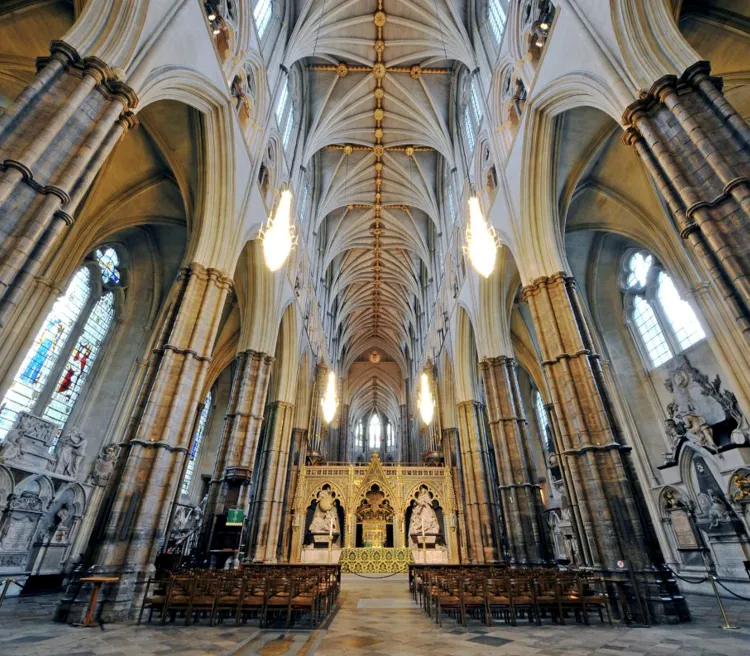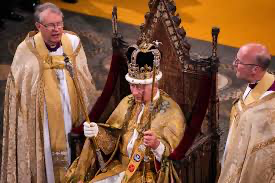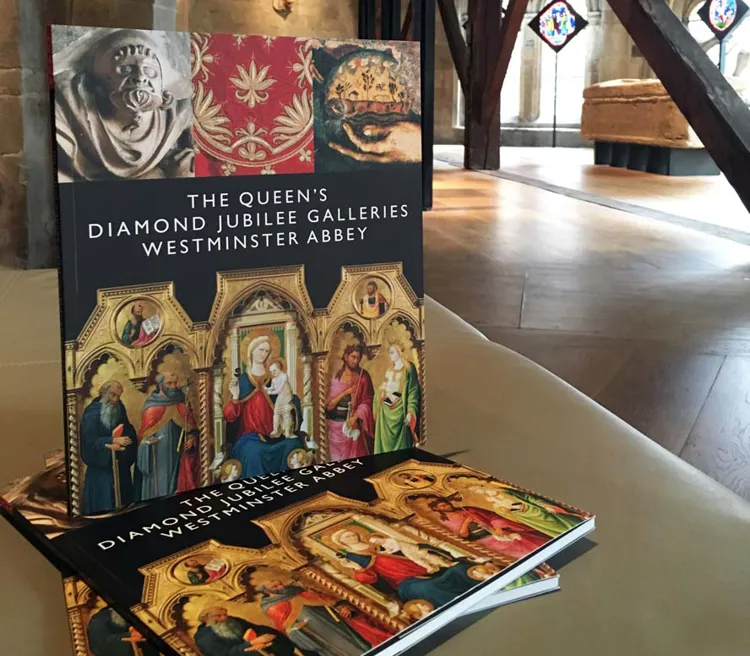
Few buildings in the world carry the historical weight of the infamous Westminster Abbey. Nestled in the heart of London, steps from the iconic Houses of Parliament, the Abbey has been at the centre of British life for over a thousand years. This gothic church has witnessed the rise and fall of monarchs, countless coronations, and marriages, as well as the commemoration of many of Britain’s greatest minds. A visit to the Abbey is not just ticking off a box on a London travel itinerary – it is a chance to experience the history and culture at the very heart of the British nation.
The Beginning of the Story: The 10th Century
The story of Westminster Abbey starts in the 960s, when a community of Benedictine monks founded a small monastery near the current site of the Abbey. This small monastery was built upon in the 1040s by King Edward, who we nowadays refer to as St Edward the Confessor – a King canonised for demonstrating his sanctity and piety. King Edward, honouring the wishes of the Pope, ordered the monastery to be greatly enlarged, building a stone Church which became known as ‘west minster’.
Unfortunately, Edward did not get to enjoy the fruits of his labour, dying just a few days after the Church was consecrated in late December 1065. He was buried in the Church, with his remains residing in front of the High Altar. A year later, in 1066, William the Conqueror chose the same location for his coronation, establishing a royal tradition that continues to this day.
Since then, despite a few exceptions, every English and British monarch has been crowned in Westminster Abbey. Owing its creation to the medieval King Edward, British royal history continues to play out on the stage of Westminster Abbey. Most recently, the opulent coronation of King Charles III took place in the Abbey.

The Coronation Chair:
One of the most enduring and remarkable objects inside the Abbey is the Coronation Chair. It was originally commissioned in 1296 by Edward I (often referred to rather comically as Edward Longshanks), the Chair was designed to house the Stone of Scone. The Stone was and continues to be a symbol of the Scottish monarchy, yet was captured in 1296 with Edward’s conquest of Scotland. Since then, the Stone of Scone has been used in the crowning of English and British monarchs, despite now being housed back in its original location in Scotland.

King Charles’ coronation in the Coronation Chair
The Chair itself is worn and weathered, having supported iconic monarchs like Henry VIII, Elizabeth I, Queen Victoria and most recently, King Charles. To see this in person is to witness a piece of living history – a physical link between centuries of rulers and the modern monarchy.
Royals and Rivalries: The Tombs of the Abbey
Westminster Abbey is the resting place of 30 Queens and Kings. In the Lady Chapel, commissioned by Henry VII, visitors can find the tombs of both Elizabeth I and her cousin, Mary Queen of Scots. These two Queens were embroiled in a fierce rivalry during life, with assassination plots and executions coming between them. Despite this, they lie in rest in the same sacred space, with their tombs being part of the rich history of Britain. Nearby are the tombs of Henry V, famous for his battle victory at Agincourt and James I, the monarch responsible for uniting the crowns of England and Scotland in 1603.
Poet’s Corner: Showcasing British Creativity
For those less interested in royalty, the Abbey still has multitudes to offer. Tucked away in the Abbey, you can find Poet’s Corner, a section commemorating great British poets, playwrights, writers, and artists. Geoffrey Chaucer, the author of the famous The Canterbury Tales was the first to be buried here in 1400, with many others joining him over the centuries.
Whilst literary giants such as Charles Dickens, Thomas Hardy and Rudyard Kipling are buried here, the corner also remembers those buried elsewhere. William Shakespeare, Jane Austen and the Brontë sisters all have memorials dedicated to them, allowing you to walk around Poet’s Corner surrounded by the voices of authors who shaped the English language and literature.

Awe-inspiring Architecture
If being in an Abbey steeped in generations of history isn’t enough for you, the architecture of the Abbey is a masterpiece in itself. Rebuilt by Henry III in the 13th century in the Gothic style, the building is light, vaulted, and impressive, with the stain glass windows allowing colourful reflections across the medieval stone. The building is a collage of different architectural styles from across the centuries, each testament to changing fashions and religious inclinations. Most recently, the Queen’s Diamond Jubilee Galleries were added, showing the Abbey’s capacity to morph as times change.

The Living Church
Unlike many London historical landmarks, Westminster Abbey isn’t a museum, it is a living, working Church. Services continue as they have for centuries, and the Abbey continues to regularly host state occasions.
It was the setting for the royal wedding of Prince William and Catherine Middleton in 2011, as well as the sombre state funeral of Queen Elizabeth in 2022. Westminster Abbey isn’t just worth visiting – it is essential.
Whether you are a history buff, a fan of royal tradition or just curious about people who shaped Britain, the Abbey offers a wonderful experience to delve into what makes Britain the nation it is today.
Need to know information
- Tickets for entrance to the Abbey can be found on their website, with prices ranging from £13 to £30.
- A guide is included with every entrance ticket.
- A Westminster Abbey Highlights Tour takes place on certain days between 2-4pm, visitors are encouraged to check the website for specific day’s timings.
- https://www.westminster-abbey.org/ – Westminster Abbey Official Website
- The official website provides all information regarding entrance to the Abbey, with timings often being subject to change depending on the day.
Want to explore Westminster Abbey and other iconic London landmarks with ease?
Book a luxury e-bike tour with FOF Bike Tours and ride through history with your personal guide.
